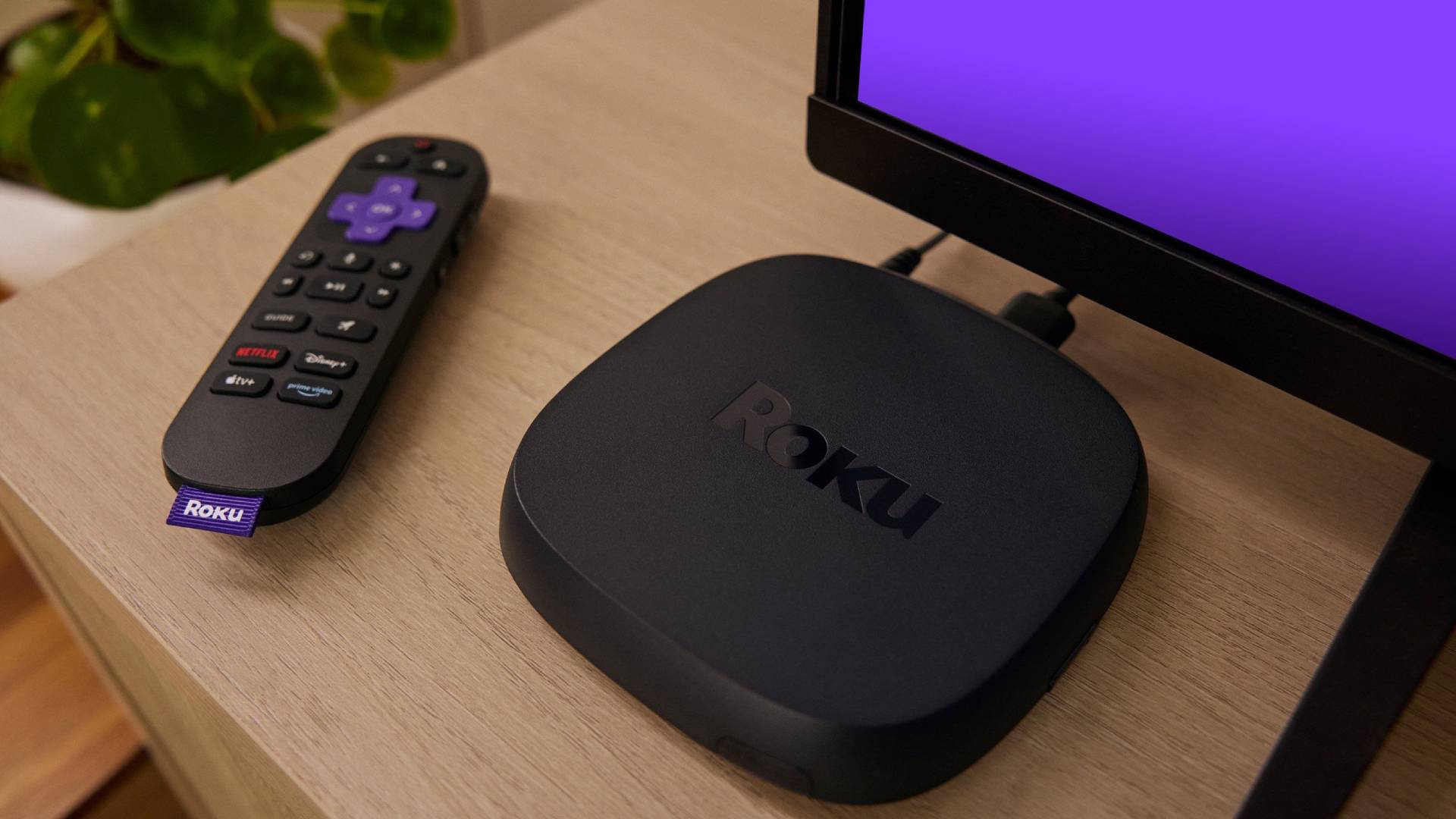In a major step toward zero-emissions aviation, Australian aircraft manufacturer AMSL Aero is developing one of the most ambitious electric aircraft in the world: Vertiia, a hydrogen-powered vertical takeoff and landing (VTOL) vehicle designed to fly up to 1,000 kilometers with zero emissions.To help make that vision possible, 3D printing company Conflux has joined the project to build a custom cooling system to manage the heat generated by Vertiia’s hydrogen fuel cells during takeoff, hovering, and flight.Conflux and AMSL Aero are partners for VTOL aircraft.
Image courtesy of Conflux.The aviation industry is under pressure to go green.Most aircraft burn fossil fuels, which produce a lot of carbon emissions.
Meanwhile, hydrogen fuel cells are an alternative that doesn’t emit carbon dioxide.Instead, they generate electricity by combining hydrogen and oxygen; the only byproduct is water.This is the technology that AMSL Aero is using to build Vertiia, an electric aircraft that lifts off like a helicopter and flies like a plane.
Unlike most electric aircraft today, which can only go short distances, Vertiia is being designed to fly up to 1,000 km, which is longer than many regional flights.But to make this possible, the hydrogen fuel cells need a reliable cooling system to keep them at the right temperature throughout every stage of the flight.AMSL Aero’s Vertiia.
Image courtesy of AMSL Aero.That’s where Conflux comes in.Based in Melbourne, Conflux is a global leader in 3D printing for thermal systems.
They specialize in making high-performance heat exchangers, which cool everything from race cars to aircraft.On the manufacturing floor, Conflux uses laser powder bed fusion (LPBF) technology and EOS metal 3D printers to produce its patented designs.This setup allows the team to build complex, thin-walled heat exchangers with the precision and speed needed for high-performance systems like Vertiia.
AMSL Aero chairman Chris Smallhorn said, “In Vertiia we are building a hydrogen-electric aircraft that flies record-breaking distances at Formula 1 speeds, making Conflux Technology, with its storied history of innovation in motorsport and aviation, the perfect partner for us.” AMSL Aero’s Vertiia pilot seat.Image courtesy of AMSL Aero.Here, Conflux is developing a custom cooling solution for Vertiia’s hydrogen fuel cell system.
At the core of this system are 3D printed heat exchangers that help control temperature by moving heat away from sensitive areas.These are being designed from the ground up to be lightweight, compact, and super efficient.The first phase of the project already produced three new heat exchanger concepts.
According to Conflux, these early versions were built to handle the aircraft’s tough demands, including keeping things cool during vertical takeoff and landing, dealing with fast-changing temperatures, and fitting into the tight spaces inside Vertiia.Now, the second phase is underway, which will test a full prototype cooling system inside the actual powertrain to see how it performs in real-world conditions.How AMSL Aero’s Vertiia would work as a medical aircraft.
Image courtesy of AMSL Aero.Cooling matters because hydrogen fuel cells produce a lot of heat—and if they get too hot, they can lose efficiency or even shut down.That’s a serious issue in an aircraft, especially one that needs extra power during vertical takeoff and landing.
What’s more, during hovering and takeoff, the fuel cells are “under a lot of stress” and create “high transient heat loads.” That means the cooling system needs to react fast, be reliable, and stay lightweight because every gram counts in the air.So here is where Conflux’s 3D printed heat exchangers will make a difference.Since they are made with additive manufacturing (AM), they can be shaped in ways traditional methods can’t do.
That makes it possible to create thin-walled, custom designs that provide high cooling power without adding bulk or drag to the aircraft.Rendering of AMSL Aero Vertiia inside.Image courtesy of AMSL Aero.
“We’re excited to work with Conflux, whose reputation for delivering at Formula 1 speed combined with AS9100D manufacturing and quality certification will be critical in enabling Vertiia to become the world’s first long-range passenger-capable hydrogen VTOL.Working together, we are pioneering a future where clean energy and cutting-edge engineering drive the aviation industry towards a greener and more sustainable future,” noted Simon Coburn, Hydrogen Systems Engineer at AMSL Aero.This project also expands Conflux’s role in the aerospace sector, where it’s using 3D printing to create high-performance heat exchangers for next-generation aircraft.
Beyond fuel cell cooling, its technology is now applied to propulsion systems, gearboxes, environmental and avionics systems, and power electronics.Rendering of AMSL Aero Vertiia inside.Image courtesy of AMSL Aero.
CEO and founder of Conflux, Michael Fuller, sees this as just the beginning: “Hydrogen fuel cells represent a transformative technology in Australia’s pursuit of sustainable energy solutions.We are proud to incorporate our heat exchange technology to enhance the efficiency and performance of Vertiia’s hydrogen fuel cells.Together, we’re advancing innovation in creating world-leading sustainable air transport.” Subscribe to Our Email Newsletter Stay up-to-date on all the latest news from the 3D printing industry and receive information and offers from third party vendors.
Print Services
Upload your 3D Models and get them printed quickly and efficiently.Powered by FacFox
Powered by 3D Systems
Powered by Craftcloud
Powered by Endeavor 3D
3DPrinting Business Directory
3DPrinting Business Directory







